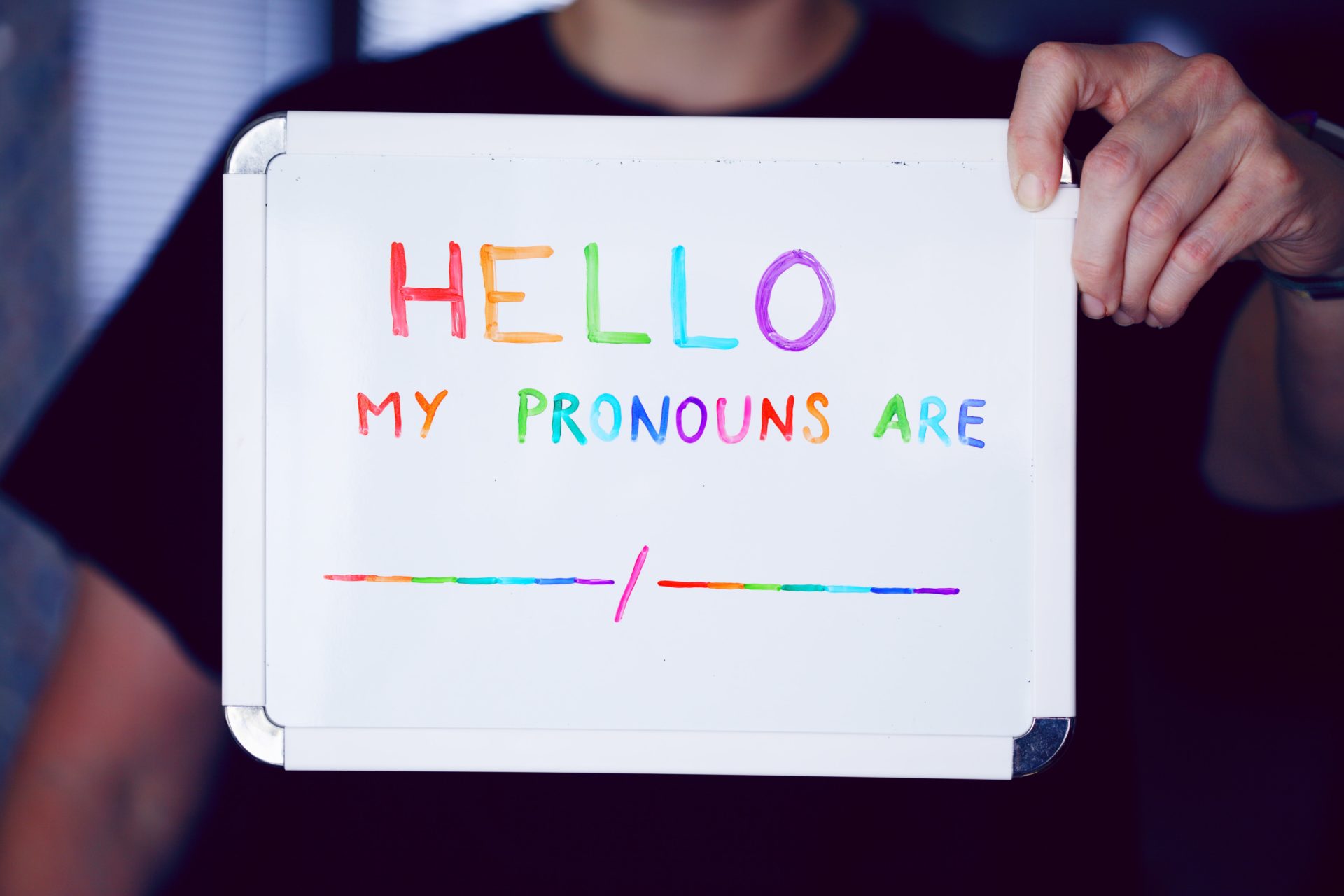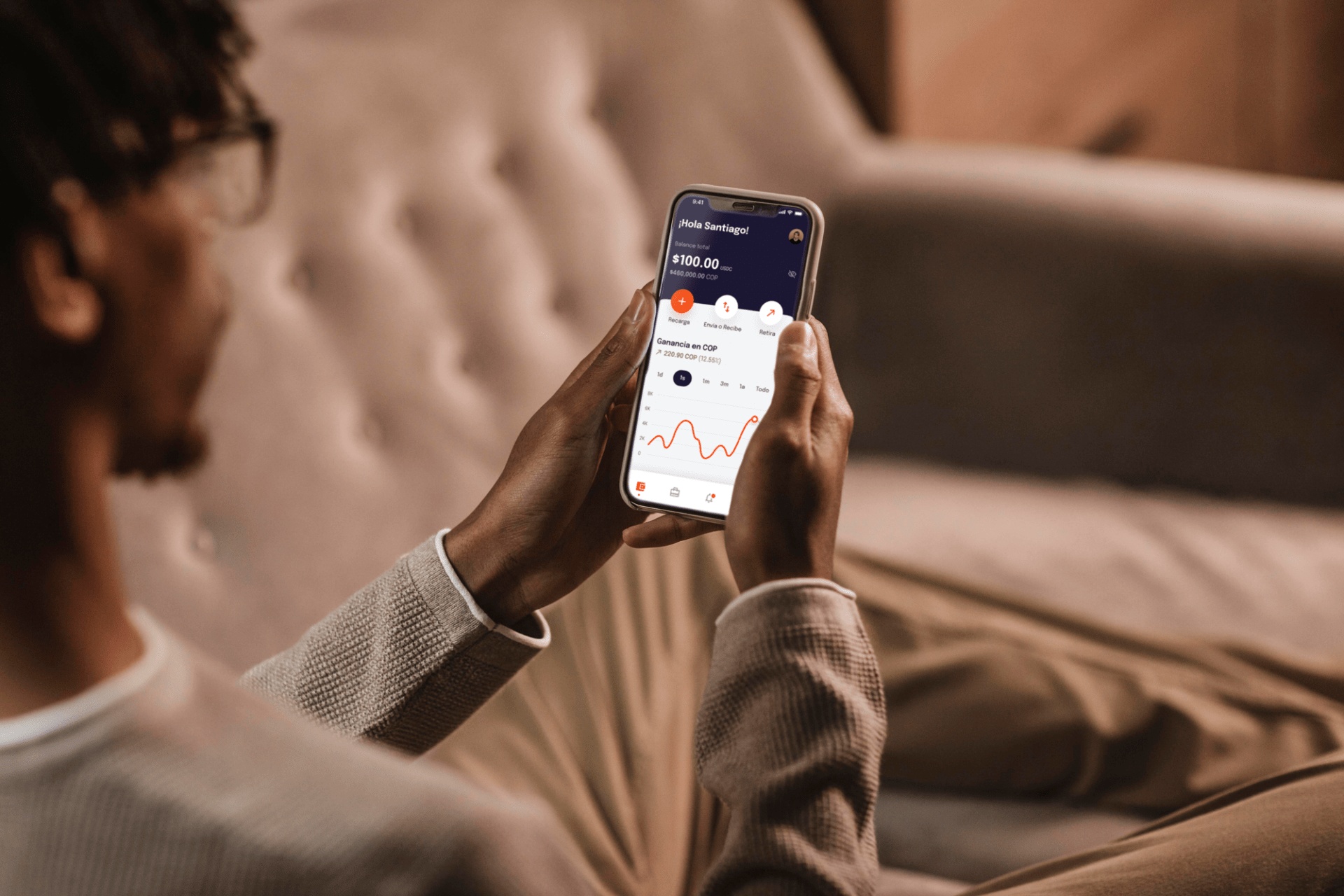
In 2015, the United Nations established the 2030 Agenda for Sustainable Development, a “shared blueprint for peace and prosperity for people and the planet.” The core of such document is the 17 Sustainable Development Goals, which tackle issues such as water, poverty, climate, urbanization, and science and technology.
Although such goals are a call to action for nations to work together, these are also great opportunities for organizations, businesses, and even individuals to collaborate towards a more equitable world. In financial and technological spheres, financial inclusion has become an essential point of discussion. Creating more efficient digital financial services can help specific populations access banking services, such as the LGBTQ+ community or low-income regions, especially in the Global South.
In this blog, we’ll explain how the concept of financial inclusion is slowly transforming the fintech landscape and empowering historically excluded and underbanked sectors.
Inclusion has a colorful flag
Danielle is a trans woman who doesn’t feel comfortable walking into a bank. She is afraid the staff would put her on the spot, not use her preferred name and pronouns, or deny her any services in the worst-case scenario. Unfortunately, cases such as Danielle’s are not uncommon. Historically, the LGBTQ community has dealt with many circumstances that place a financial strain. Some of these are higher health costs in the case of trans and HIV communities, lower incomes, and weaker workplace protections.
This situation has led many LGBTQ+ Millenials to feel less financially secure than their parents and straight Millenials. An Ameritrade report comparing financial security between straight and LGBTQ+ Millenials pointed out that almost half of the straight Millenials (46%) feel very prepared to make good, informed decisions about their financial lives. In comparison, only 37% of LGBTQ+ millennials can express the same sentiment.
Feeling financially secure is directly related to their reality. For example, 26% of LGBTQ+ Millenials believe their sexual or gender identity harms their day-to-day finances in the same report. As a result, six in 10 millennials have reported requiring a “side-hustle” or an additional source of income beyond their primary.
The reality of many LGBTQ+ communities has fostered the emergence of targeted financial and banking services. One good example of this is Daylight, an online banking platform created by members of the LGBTQ+ community. The company considers itself a safe space that respects people’s money and integrity, allowing people to improve their financial literacy, receive financial coaching, and navigate the banking and insurance landscape without anxiety.
Daylight’s case is part of a more significant trend in banking and financial services. As of 2019, Chicago-based bank BMO Harris has allowed customers to pick their preferred name. There’s also Superbia, an LGBTQ+ financial marketplace startup that provides health insurance, life insurance, and money management services to counter discriminatory practices in the financial services industry.
Financial inclusion and Latin America
Financial inclusion is an essential topic for the Global South, specifically Latin America and the Caribbean. >In 2014 in Latin America, the median value for financial inclusion (or the percentage of the adult population that owns an account in a formal financial institution) was 40.8%. This is significantly lower than the 97% reported for high-income countries. According to the Global Findex Database, however, financial inclusion has stalled since.
Why does this phenomenon happen in Latin America? First, the proportion of people with an account or using digital payments is smaller for poor, young, and less-educated adults. Education and financial inclusion are closely related, as the ability to use a digital payments platform, for instance, requires technological and financial literacy.
Also, the International Monetary Fund (IMF) argues that while the lack of financial inclusion is considered a driver of economic inequality, inequality affects financial access. The lower the income inequality, the more an individual has access to credit and insurance. Finally, when accessing digital financial services, it is crucial to consider the digital divide and the cellular network coverage in the region.
The recent boom in Latin American fintech, along with ongoing discussions around financial inclusion, has motivated governments, non-governmental institutions, and businesses to implement formal strategies. An example of this is the 2016 National Financial Inclusion Strategy created by the Colombian government. Such a document established an action plan towards providing more and higher quality financial services to under-banked sectors.
One of the most innovative aspects of this strategy is the creation of a regulatory sandbox to test new products and services on a limited number of customers. The main objective behind a sandbox approach is to create a testing space using a similar audience to evaluate the product’s effectiveness before it is launched to the general public. Such an approach has proven so effective that it is now being implemented in Mexico and Brazil.
Simplification, the key to financial inclusion
Financial innovation plays an essential role in boosting financial inclusion in Latin America. For example, initiatives such as relaxing requirements to open a financial account, modernizing legislation on secure transactions, or facilitating payment systems have been implemented in Brazil, Chile, Colombia, and Honduras.
Simplifying digital processes is also crucial towards fomenting financial inclusion. An excellent example of this is Prontomás, a multiregional payment gateway that allows acquirers to offer merchants a seamless payments experience. Creating a seamless payment integration helps merchants provide faster and more secure transactions for users. This also increases their return of investment and future business opportunities.
Far beyond the opportunities for innovation that financial inclusion offers for many businesses and financial institutions, we should consider the immense benefits that financial applications would bring to many communities. So, again, going back to United Nations’ Sustainability Goals, financial inclusion is one of the many roads towards more sustainable, equitable, and developed societies.
Was this article insightful? Then don’t forget to look at other blog posts and follow us on LinkedIn, Twitter, Facebook, and Instagram.









